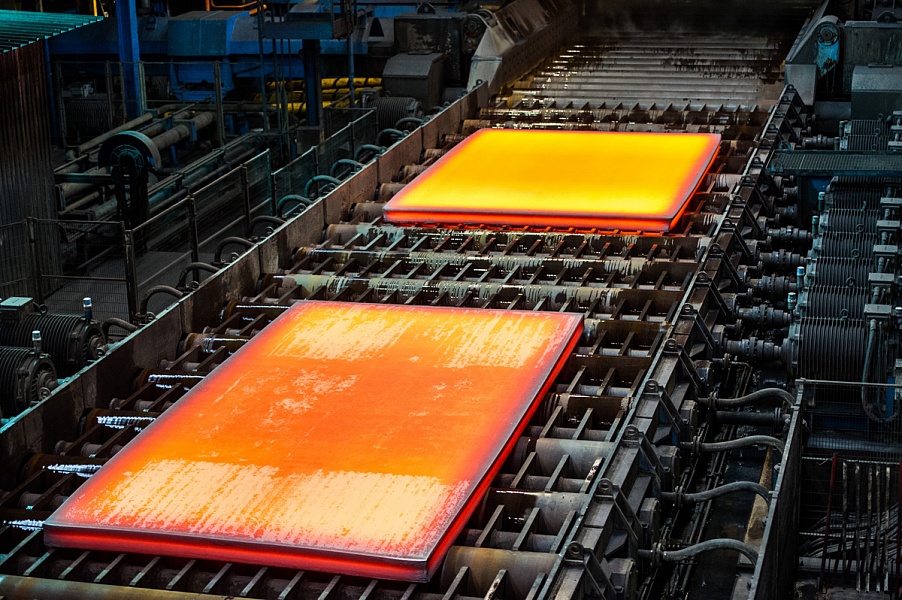Introduction to Duplex Steel S31803 Sheet:
Duplex steel S31803, or UNS S31803 or duplex 2205, is a duplex stainless steel alloy with excellent corrosion resistance and mechanical properties. It contains a balanced mixture of austenite and ferrite phases, offering high strength, toughness, and resistance to corrosion in various environments. The manufacturing process of duplex steel S31803 sheet involves several stages, each contributing to the final product’s quality and performance.
Raw Material Selection:
The manufacturing process begins with the careful selection of raw materials. High-quality raw materials are essential to ensure the desired properties of the duplex steel S31803 sheets. The primary components of the alloy include iron, chromium, nickel, molybdenum, and nitrogen. These elements are carefully blended in precise proportions to achieve the desired alloy composition.
Melting and Casting:
Once the raw materials are selected, they are melted in an electric arc or induction furnace under controlled conditions. The alloy composition is closely monitored during the melting process to maintain consistency and quality. Once molten, the alloy is cast into ingots or continuous casting moulds to form semi-finished products known as billets or slabs. The casting process ensures uniformity and integrity of the material structure.
Hot Rolling:
After casting, the billets or slabs are hot rolled into thinner sheets through a series of rolling mills. Hot rolling involves passing the material between a series of rollers at high temperatures to reduce thickness and improve mechanical properties. The hot rolling process also refines the grain structure of the alloy, enhancing its strength and toughness. The sheets are gradually reduced to the desired thickness while maintaining uniformity and surface quality.
Annealing and Pickling:
Following hot rolling, the duplex steel S31803 sheets undergo annealing to relieve internal stresses and improve ductility. Annealing involves heating the sheets to high temperatures and then gradually cooling them in a controlled environment. This process helps refine the microstructure of the alloy, enhancing its mechanical properties and machinability. After annealing, the sheets are pickled to remove any scale or surface impurities, leaving a clean and smooth surface finish.
Cold Rolling and Surface Treatment:
After pickling, the sheets may undergo cold rolling to further reduce thickness and improve dimensional accuracy. Cold rolling involves passing the sheets through a series of rollers at room temperature, resulting in a smoother surface finish and tighter tolerances. Cold-rolled duplex steel S31803 sheets exhibit improved surface quality and flatness, making them suitable for various applications. Depending on the desired surface finish, the sheets may undergo additional surface treatments such as polishing or grinding.
Cutting and Finishing:
Once the sheets reach the desired thickness and surface finish, they are cut to size using shearing or guillotine cutting machines. The sheets may undergo further processing such as edge trimming or deburring to remove any sharp edges or burrs. Finally, the duplex steel S31803 sheets are inspected for quality and dimensional accuracy before being packaged and shipped to customers.
Conclusion:
The manufacturing process of duplex steel S31803 sheets involves several stages, from raw material selection to final finishing. Each stage contributes to the quality, strength, and corrosion resistance of the alloy, ensuring its suitability for various industrial applications. With its excellent mechanical properties and resistance to corrosion, duplex steel S31803 sheets are widely used in industries such as oil and gas, chemical processing, marine engineering, and aerospace. As advancements in metallurgy and manufacturing technology continue, the demand for duplex steel S31803 sheets is expected to grow, further driving innovation and development in the industry.

